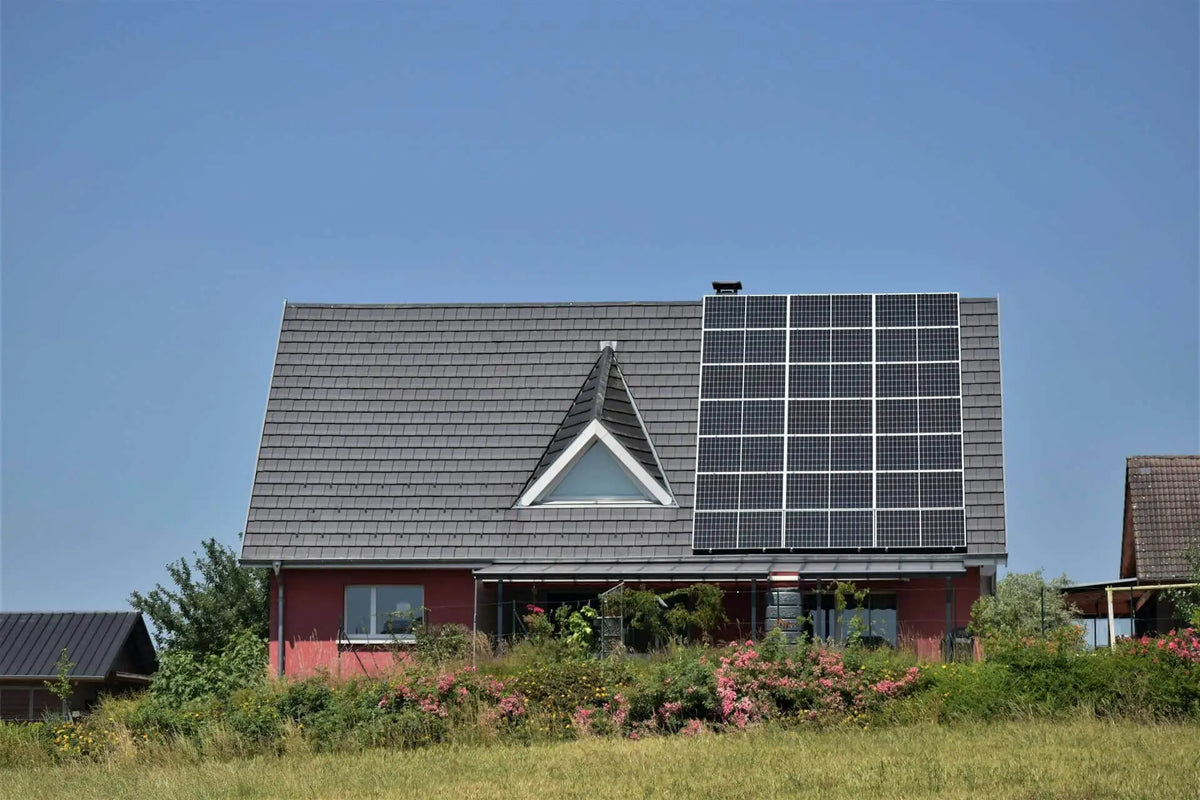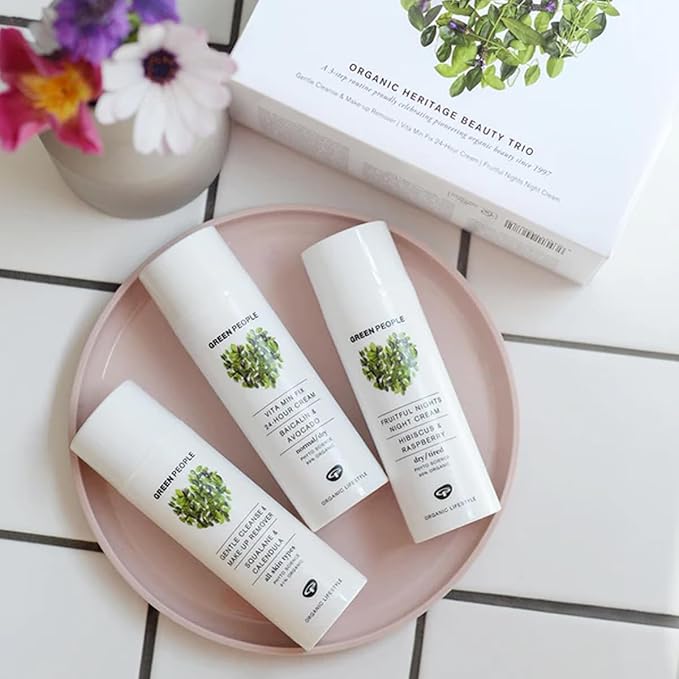First-time visitors to Georgia often want a clear, stress-free introduction that balances culture, nature and everyday comfort. Many begin in Tbilisi, where the airport sits close to the city centre and the compact Old Town allows easy walking between the sulphur baths, Narikala cable car and riverside viewpoints. Sustainable travel here means choosing walkable routes, local cafés and small hotels that support the community. Short trips to Mtskheta add historical depth without long drives, while Kakheti introduces wine traditions through slower, guided visits that reduce unnecessary transport. Some travellers combine Tbilisi with Batumi, using efficient internal travel rather than multiple flights. At Friendly Turtle EcoBlog, we encourage first-time visitors to travel Georgia responsibly by pacing itineraries, staying in family-run guesthouses, joining small-group tours and respecting local ecosystems. These mindful choices help reduce environmental impact while still offering a rich, authentic experience of Georgia’s cities, landscapes and traditions.
Share your articles with us and get published! Reach out at hello@friendlyturtle.com.
How to Create a Green Roof for Better Energy Efficiency

Green roofs, sometimes referred to as living roofs, are among the modern ways of improving energy efficiency in your house without forgetting to care about environmental concerns. Green roofs are partially or fully covered with vegetation, soil, and a waterproofing membrane to create a natural habitat and positively affect the energy performance of a building. Green roofs come, according to standards, in two forms: extensive and intensive. Where the former is lightweight with minimum maintenance, though the plants must be shallow-rooted; the latter can allow for bigger plants, even shrubs and trees, but requires more structural support and hence more maintenance. By understanding the fundamental principles of a green roof, the homeowner stands a better chance of making an informed decision on whether or not to accept the proposed solution.
Benefits of Energy Efficiency
A green roof has several advantages, mainly its potential for energy efficiency. The insulation provided by the green roofs reduces the heating in winter and cooling in summer. Vegetation and soil are naturally good insulators; hence, they will help in regulating indoor temperatures and reduce loads on HVAC systems. This will ensure that one gets not only low energy bills but also contributes to a reduced carbon footprint, hence making your house greener. In addition, the green roof will reduce the urban heat island effect when temperature is always higher compared to the rural surroundings, hence giving greater comfort in living.
Choosing the Right Location
There are several variables to consider in designing a green roof, and one of the most critical involves choosing the appropriate place for the roof. First, the roof must be exposed to the sun since most plants need four to six hours of direct sun every day. Pay attention to the orientation of the roof. South-facing roofs are usually completely in the sun while north facing may be in a location that requires shade-loving plants. Another consideration is slope and drainage. For instance, an extensive green roof can be done on a completely flat roof as well as on a slightly pitched roof. With intensive green roofs, more slopes are possible, but it might need a special drainage system because of the tendency for water to pool in some spots. Working with professional roofers will ensure that your green roof is properly installed and designed, which will bring maximum efficiency.
Plant Selection
Plant selection is the most important part of your green roof. For an extensive green roof, choose drought-tolerant, low-growing plants like sedums, mosses, or grasses that require little maintenance and can grow satisfactorily in very shallow soil. By contrast, intensive green roofs support a wider range of plant species, including flowering plants, shrubs, and even small trees; in any case, these will need deeper soil and more regular maintenance. Consider natives, too, since they are generally better adapted to native climate conditions and provide much-needed habitat for native wildlife. You will also facilitate maintenance to be easier as well as ensure the plants thrive well, as similar demands for water and sunlight are met in their groupings.

Design and Structure Considerations
Before you install a green roof, it is important that you assess the structural integrity of your home. Green roofs are much heavier compared to traditional roofs, and their intensive system requires deeper soils and larger plants. You can estimate the possibility of your roof supporting the additional weight it may incur and any reinforcement it may need by discussing it with experienced roofers and structural engineers. Also, in your design process incorporate the waterproofing membrane, drainage layer, and growing medium into your green roof design. This will ensure that proper design transports water away from the roof structure so there are no leaks occurring and further damage to your home.
Care and Maintenance
Maintenance of a green roof is highly important to the long-term success of such a roof. Regular maintenance involves checking drainage, controlling weeds, and monitoring plant health. Although extensive green roofs tend to be less maintenance-intensive, they should be checked on a regular basis to ensure proper drainage and the growth of plants is occurring. Intensive green roofs are far more labor-intensive due to the large array of different plant life and will require added watering, pruning, and fertilizing when necessary. By developing a maintenance schedule, you will be able to extend its life and continue its function as a very effective energy-efficient solution for your home. If so desired, a professional can be hired whose services allow only a minimum of involvement with maintenance.
Gain Knowledge of Available Financial Incentives
Yes, up front, it may be a big investment to build a green roof. Besides that, there are several incentives and grants financially that would help defray the costs. Tax credits or rebates are being considered by many communities when energy-efficient improvements, like a green roof, are installed. And an investment in a green roof will pay off not only with the increased value of your property but also with making it more attractive for ecologically sensitive buyers. Look for local programs offering possible funding opportunities that might allow your green roof project to be more within your budget. You can already take advantage of set incentives and design an extension for your house that is sustainable and energy-efficient, paying you after it's been put in place.
Adding an environmentally sustainable green roof to your project can make you feel good about your project and help in enhancing energy efficiency at home. Learn about benefits, find a good location with the right type of plants, plan structural needs, maintain your roof, and find the various financial incentives in order to successfully implement this eco-friendly solution. Together with good work from the professional roofers and a good plan in place, your green roof will grow and mature into a full-fledged ecosystem which will beautify and enrich your home's energy performance for years into the future.
0 comments
Let customers speak for us
Blog posts
A calm, multifunctional garden can be more than a pretty backdrop it can become a practical extension of your home that supports slow mornings, outdoor meals, and genuine downtime. In this Friendly Turtle EcoBlog guide, we look at simple, sustainable ways to shape an outdoor space that feels organised, welcoming, and easy to use throughout the week. Start by creating clear “zones”: a quiet seating corner for reading, a dining spot for relaxed lunches, and a flexible open area for play or potting. Light-touch structures, such as an airy pergola or a sheltered veranda, add definition without blocking daylight, making the garden usable in changeable weather. Keep the mood restful with layered planting: evergreens for year-round structure, seasonal flowers for colour, and lightly scented herbs near paths. Choose reclaimed or recycled materials where possible, add soft warm lighting, and reduce water waste with mulch and a simple rainwater butt. The result is a garden that feels calm, functional, and kinder to the planet.
Finding the right mental health support in Woodland Hills starts with checking credentials, treatment approach and access to care. Look for licensed clinicians with training in evidence-based therapies such as CBT or DBT, and ask whether programmes offer coordinated psychiatry, talking therapy and crisis support when needed. The best providers also explain your options clearly, from outpatient sessions to more structured day programmes, and may include complementary practices that support recovery, such as mindfulness, movement and nutrition guidance. At Friendly Turtle EcoBlog, we often explore how everyday choices shape wellbeing; this guide applies the same practical lens to mental health care, helping you compare services, understand what ‘holistic’ really means, and choose a setting that feels safe, respectful and tailored to your needs. It also highlights practical questions to ask about availability, confidentiality, fees and insurance, so you can make a confident, informed decision.



